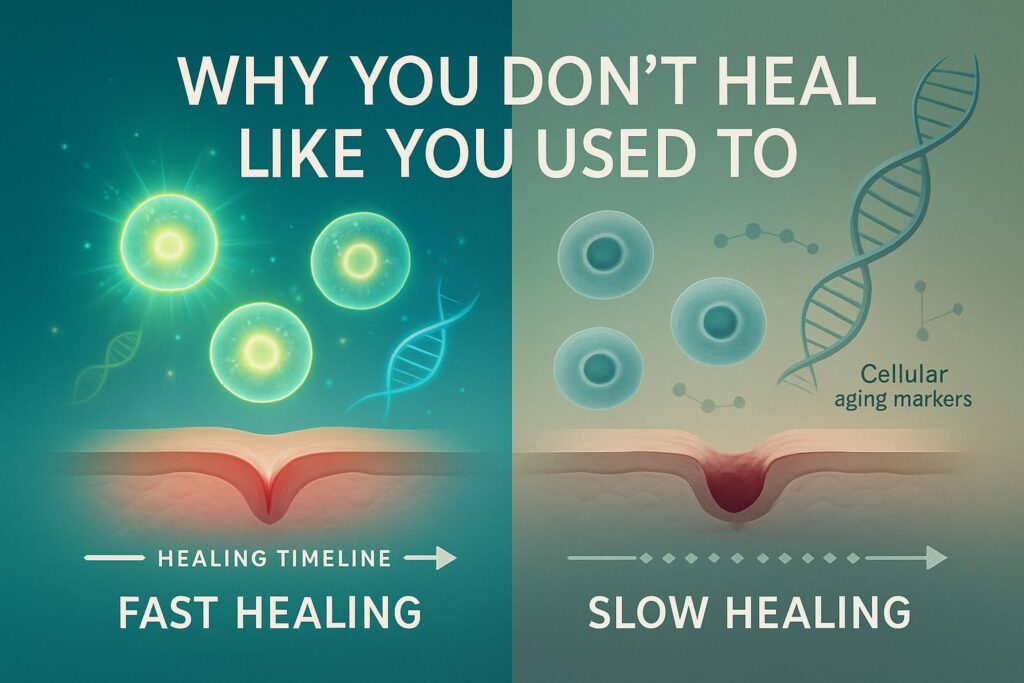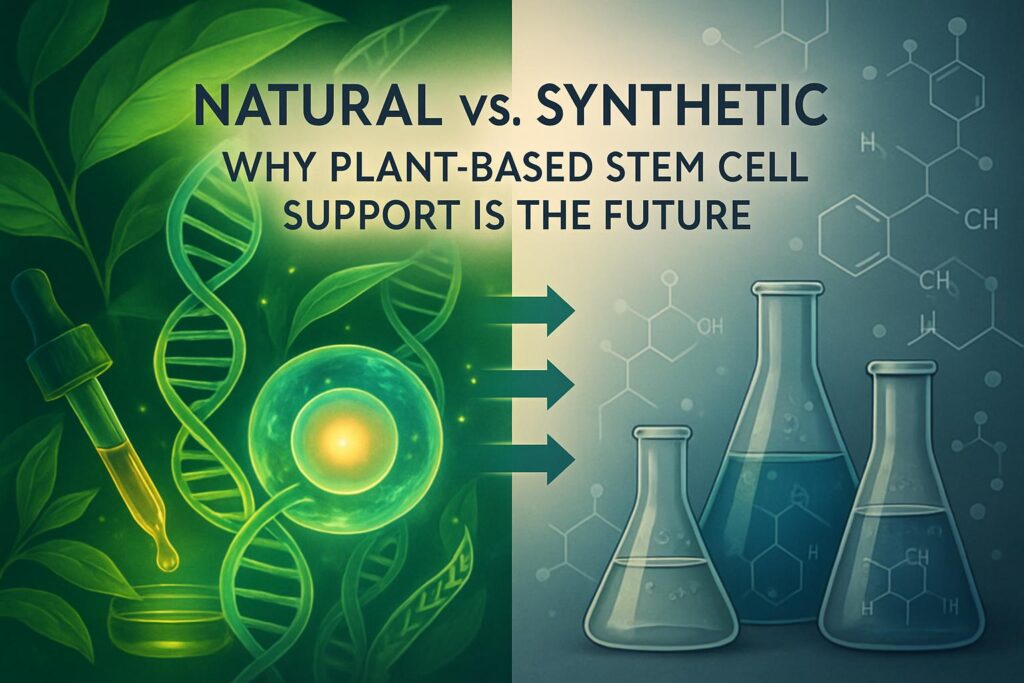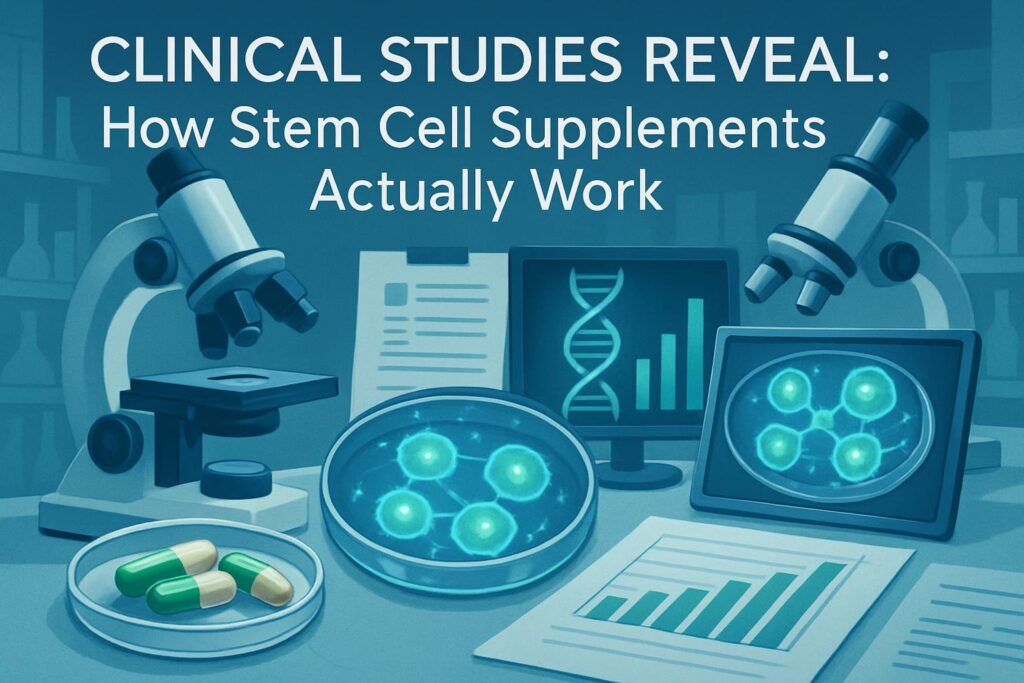In recent years, the medical community has witnessed a surge in the interest and application of stem cell therapy, particularly in the realm of treating various health conditions.
Among the various sources of stem cells, umbilical cord blood stem cells have emerged as a promising and potent option.
In this article, we delve into the potential and efficacy of umbilical cord blood stem cells in treating a range of blood disorders. We aim to provide comprehensive insights for those interested in the therapeutic use of these cells.
Understanding Umbilical Cord Blood Stem Cells
What Are Umbilical Cord Blood Stem Cells?
Umbilical cord blood, often simply referred to as cord blood, is the blood that remains in the umbilical cord and the placenta following the birth of a baby. This blood is rich in blood stem cells, similar to those found in bone marrow. These cord blood stem cells are known for their ability to differentiate into various types of blood cells, making them invaluable in medical treatments.
Comparing Sources of Stem Cells
While bone marrow has been a traditional source of stem cells, umbilical cord blood presents several advantages. It’s easier to collect, poses less risk to the donor, and has a lower likelihood of causing graft-versus-host disease, a potential complication in stem cell transplantation.
Advantages of Umbilical Cord Blood Stem Cells
Umbilical cord blood stem cells are particularly valuable due to their ‘youthful’ nature, making them more adaptable and less likely to be rejected when transplanted into a patient. This adaptability facilitates the treatment of a wide range of diseases, especially blood-related conditions.
Blood Disorders: An Overview
Types of Blood Disorders
Blood disorders encompass a range of conditions, including leukemia, lymphoma, anemia, and thalassemia. These disorders can have significant impacts on the body’s ability to circulate oxygen, fight infections, and more.
Current Treatments and Limitations
Traditional treatments for blood disorders often involve chemotherapy, radiation therapy, and bone marrow transplants. However, these treatments come with limitations, such as the difficulty in finding a suitable bone marrow donor and the invasive nature of the procedures.
Challenges in Existing Treatments
One of the primary challenges in treating blood disorders is finding a treatment that is both effective and minimally invasive. This is where cord blood stem cells show immense promise, offering a less invasive and more readily available alternative to bone marrow transplants.
The Science Behind Stem Cell Therapy for Blood Disorders
Mechanism of Action
Stem cells from cord blood work by essentially ‘rebooting’ the blood and immune system. They do this by replacing diseased or damaged cells with new, healthy blood cells, a process that can be likened to replacing damaged parts in a machine with new, functioning ones.
The Process of Stem Cell Transplantation
The transplantation process involves infusing these stem cells into a patient’s bloodstream, where they migrate to the bone marrow and begin to produce new, healthy blood cells.
Role in Regeneration and Repair
Umbilical cord blood stem cells are not just limited to treating blood disorders; they also have potential applications in regenerative medicine, thanks to their ability to regenerate and repair damaged tissues.
We have now covered the foundational knowledge about umbilical cord blood stem cells and their role in treating blood disorders. As we move forward in this article, we’ll delve deeper into clinical evidence, ethical considerations, and practical advice for those considering this treatment option.
Clinical Evidence and Success Stories
Key Research Studies and Clinical Trials
Recent advancements in clinical research have provided compelling evidence supporting the efficacy of cord blood stem cells in treating blood disorders. Numerous clinical trials have shown promising results, especially in conditions like leukemia and thalassemia.
Case Studies and Patient Outcomes
There have been several heartening success stories, with patients recovering from severe blood disorders post umbilical cord blood stem cell transplantation. These stories not only provide hope but also concrete evidence of the potential of these treatments.
Ethical, Legal, and Safety Considerations
Navigating the Ethical Landscape
The use of umbilical cord blood stem cells raises various ethical questions, particularly regarding consent and the use of cells for research. However, it’s widely regarded as an ethically sound practice, given that cord blood is typically discarded after birth.
Legal Framework and Safety
In terms of legality, cord blood banking and transplantation are regulated by entities like the FDA. Safety is paramount, with strict protocols in place to ensure the safe handling and use of these cells.
Risks Associated with Stem Cell Therapy
While stem cell therapy is generally safe, there are risks, including infection and the potential for the body to reject the transplanted cells. These risks, however, are comparatively lower with cord blood stem cells due to their unique properties.
Future Prospects and Ongoing Research
Trends in Stem Cell Therapy
Emerging trends in stem cell therapy indicate a bright future, particularly in the realm of personalized medicine. Umbilical cord blood stem cells are at the forefront of this revolution, with ongoing research exploring their full potential.
Potential Breakthroughs
Ongoing studies are investigating the use of cord blood stem cells in treating not just blood disorders but also neurological conditions like cerebral palsy and Parkinson’s disease.
The Future of Personalized Medicine
The future of umbilical cord blood stem cells lies in the realm of personalized medicine, where treatments are tailored to the individual’s genetic makeup, potentially revolutionizing healthcare.
Practical Considerations for Patients and Families
Accessing Cord Blood Stem Cell Therapy
Patients and families interested in cord blood stem cell therapy should consult with their healthcare provider to understand the best options available, including public and private cord blood banks.
Financial Considerations
While cord blood banking can be costly, it’s an investment in a potential future medical treatment. Insurance may cover some costs, and financial assistance programs are available in many cases.
Making Informed Decisions
When considering cord blood stem cell therapy, it’s crucial to weigh the potential benefits against the costs and risks. Consulting with medical professionals and doing thorough research is key to making an informed decision.
Conclusion
In conclusion, umbilical cord blood stem cells offer a promising and versatile option for treating a variety of blood disorders. With ongoing research, ethical practices, and practical considerations, they represent a significant stride in the field of regenerative medicine and patient care. As research progresses, we can expect to see these cells playing an even more crucial role in treating not only blood disorders but also other diseases, potentially changing the landscape of modern medicine.
References
- “Umbilical Cord Blood Stem Cell Transplantation” – This article from Sage Journals discusses the use of human umbilical cord blood as an alternative source of hematopoietic stem cells for bone marrow reconstitution, highlighting its success in producing HLA-matched placental blood grafts in children.
- “From cord to caudate: characterizing umbilical cord blood stem cells …” – Published on Nature.com, this study focuses on the safety of allogeneic umbilical cord blood stem cells therapy in patients with severe cerebral palsy, providing insights into the broader applications of cord blood stem cells beyond blood disorders.
- “Factors Influencing the Umbilical Cord Blood Stem Cell Industry: An Overview” – Available on NCBI, this article discusses the richness of umbilical cord blood in hematopoietic stem cells and its attractiveness as an alternative to harvesting stem cells from bone marrow. It also touches on the benefits of banking cord blood for future use.



